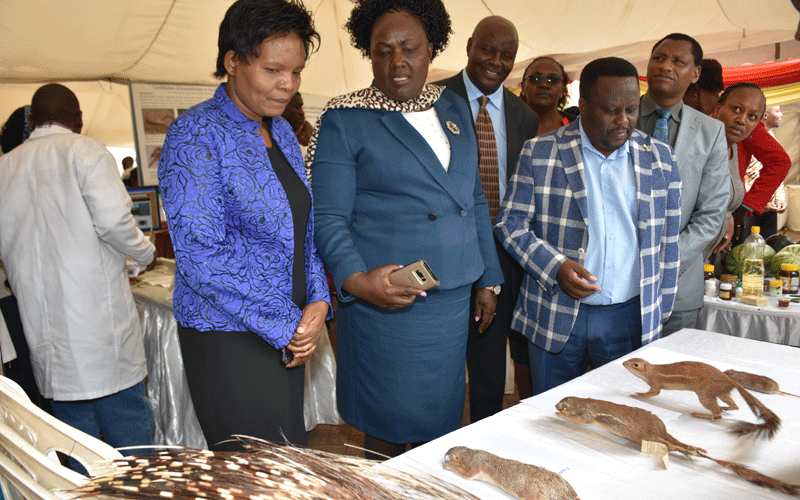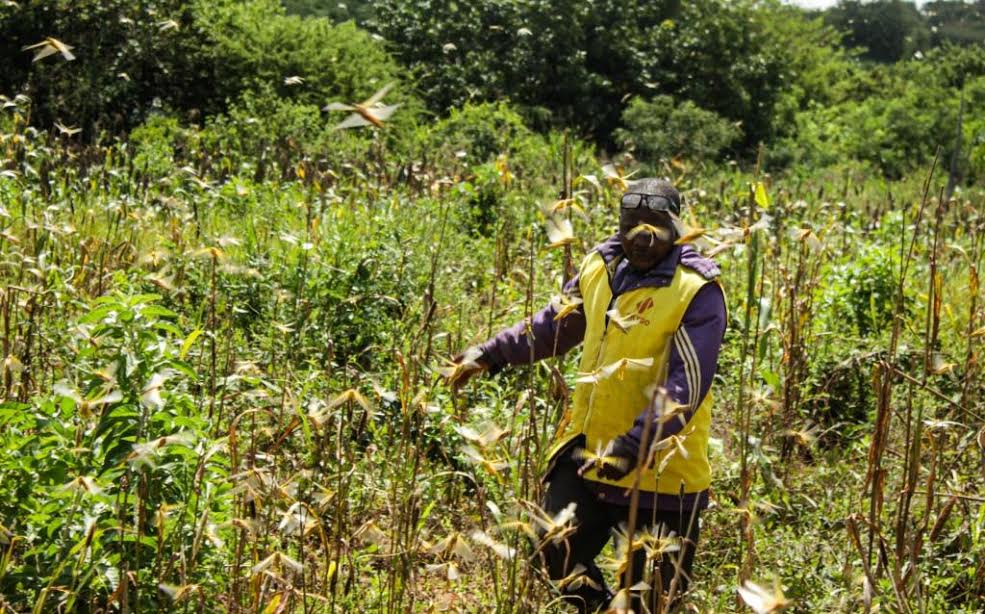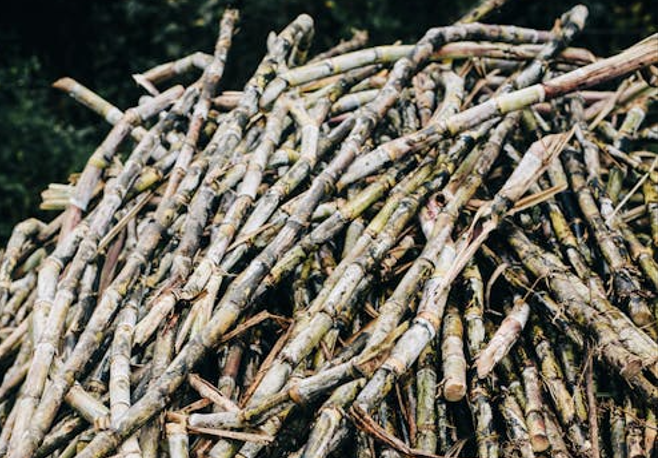Al Shabaab war impedes invasion of desert locust control
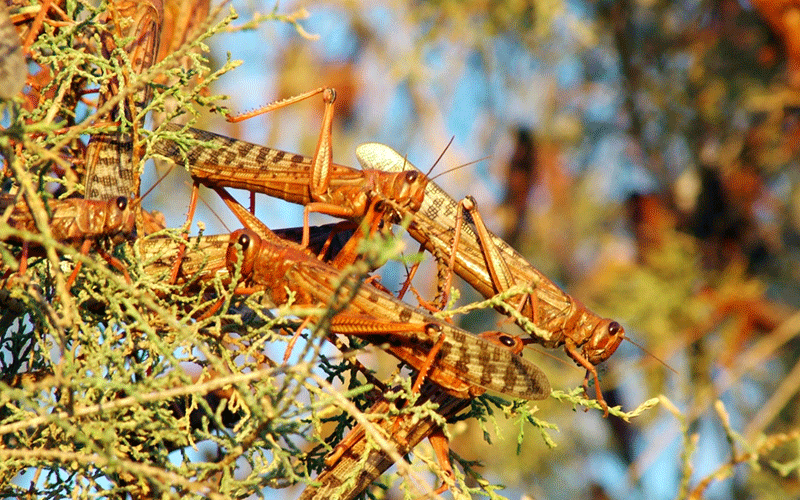
The Al Shabaab menace in Somalia is making Kenya’s fight against desert locusts complicated, the East Africa Desert Locust Control Organisation (AEDLCO) has said.
The organisation’s Director General Dr Stephen Njoka revealed that Somalia’s sporadic fighting makes spraying pesticide by aeroplane impossible.
“Spraying of pesticides to kill locusts is the ideal control measure but the war in Somalia has made it impossible for fear of the aeroplane being shot down,” said Njoka.
In July last year, swarms of desert locusts from nearby Yemen invaded Somalia, which spread to Kenya on December 28 and other vast swathes of the Horn of Africa.
Constant attacks
Al Shabaab has been a thorn in the flesh due of Kenya due to its constant attacks on the country though its operation has been diminished and the presence of Kenya Defence Forces (KDF) under AMISOM continues to fight them.
From actual war, the Al Shabaab threat has bungled the fight against the desert locusts.
“We have deployed four choppers to spray the pesticide but the threat continues because new swarms continue to fly from Somalia where spraying is not taking place,” he said.
It has been reported that farmers in southern Somalia are shooting at huge swarms of locusts with heavy machine guns in a desperate attempt to save their crops.
Insects have invaded farmland around the southwestern town of Tiyeglow, an Al-Shabaab stronghold, and are being shot at with a PKM rifle — a machine gun version of the Russian Kalashnikov.
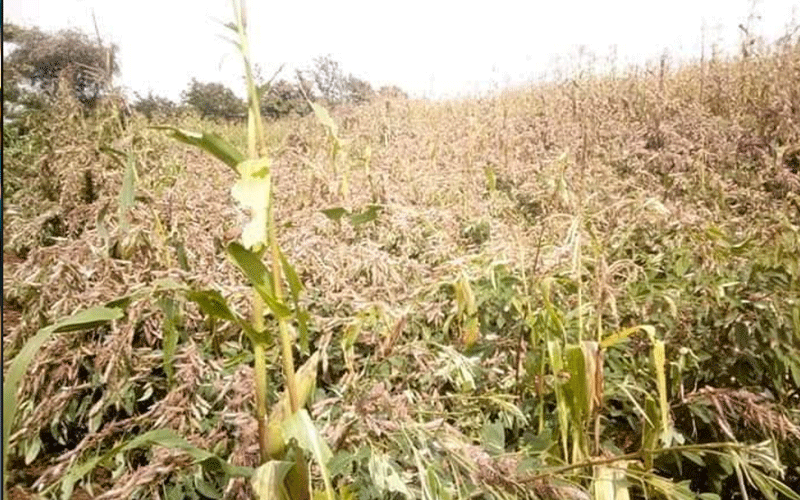
Due to the Somalia situation, Kenya is facing a threat of immature and maturing swarms that arrive in the northeast region from Ethiopia and Somalia.
Njoka said the swarms are moving throughout northern areas in Mandera, Wajir and Marsabit counties and have reached central areas of Isiolo, Meru North and northern Laikipia
“Some swarms in the north have moved back into southern Ethiopia while others are now mature and laying eggs that will hatch after about two weeks, giving rise to hopper bands in February and March,” he said
On Friday, a swarm reached southern Rift Valley near Kapedo on the Baringo-Turkana border.Immature swarms are also i n Mwingi, Kitui County.
“Further, movements are expected, especially in Turkana and Marsabit counties,” he said
Njoka says the situation will turn into a plague if concerted effort from local and international community does not come on time.
Desert locusts have invaded 11 counties in Kenya. On the effectiveness of pesticide being used, Njoka said its efficiency stands at 70 per cent.
“We are using Malathion and ULV but the supply is deficient. This has hampered the fight against the desert locusts,” he said.
The locusts are said to be active despite spraying with Malathion earlier. Through spraying, Njoka says about 280 to 560 million desert locusts have been killed in Kenya.
“About seven swarms have been eliminated by the end of last week,” he said.Due to the intensity of the invasion, authorities and residents in affected areas are using crude ways to fight locusts.
Others are using whistles, screams among other methods.With FAO estimating a swarm contain about 40 and 80 million desert locusts per square kilometre, this translate to 280 to 560 million locusts dead.
But the FAO report on the seven swarms of locusts being eliminated has raised questions about their remains.
There are fears that the “war on the locusts’’ may take longer after it was established that the pesticides being used in aerial spraying were ineffective.
The new Agriculture CS Peter Munya who took over from sacked Mwangi Kiunjuri had promised to fight the locusts in the shortest time possible.
The CS supervised spraying in Isiolo and Samburu a few days after taking over the docket, promising the government had purchased Fenitrothione chemicals enough for the counties.
Munya announced that Sh230 million budget has been set aside for the campaign with several choppers to spray the locusts.
David Phiri, FAO sub-regional Coordinator for Eastern Africa said there was need for immediate action to combat and contain the invasion.
“As the rains start in March there will be a new wave of locust breeding. Now is therefore the best time to control the swarms and safeguard people’s livelihoods and food security, and avert further worsening of the food crisis,” he said.
Guleid Artan, Director of IGAD’s Climate Predictions and Applications Centre said this has been a year of extremes and climate anomalies for East Africa, a region that hosts some of the most vulnerable.

